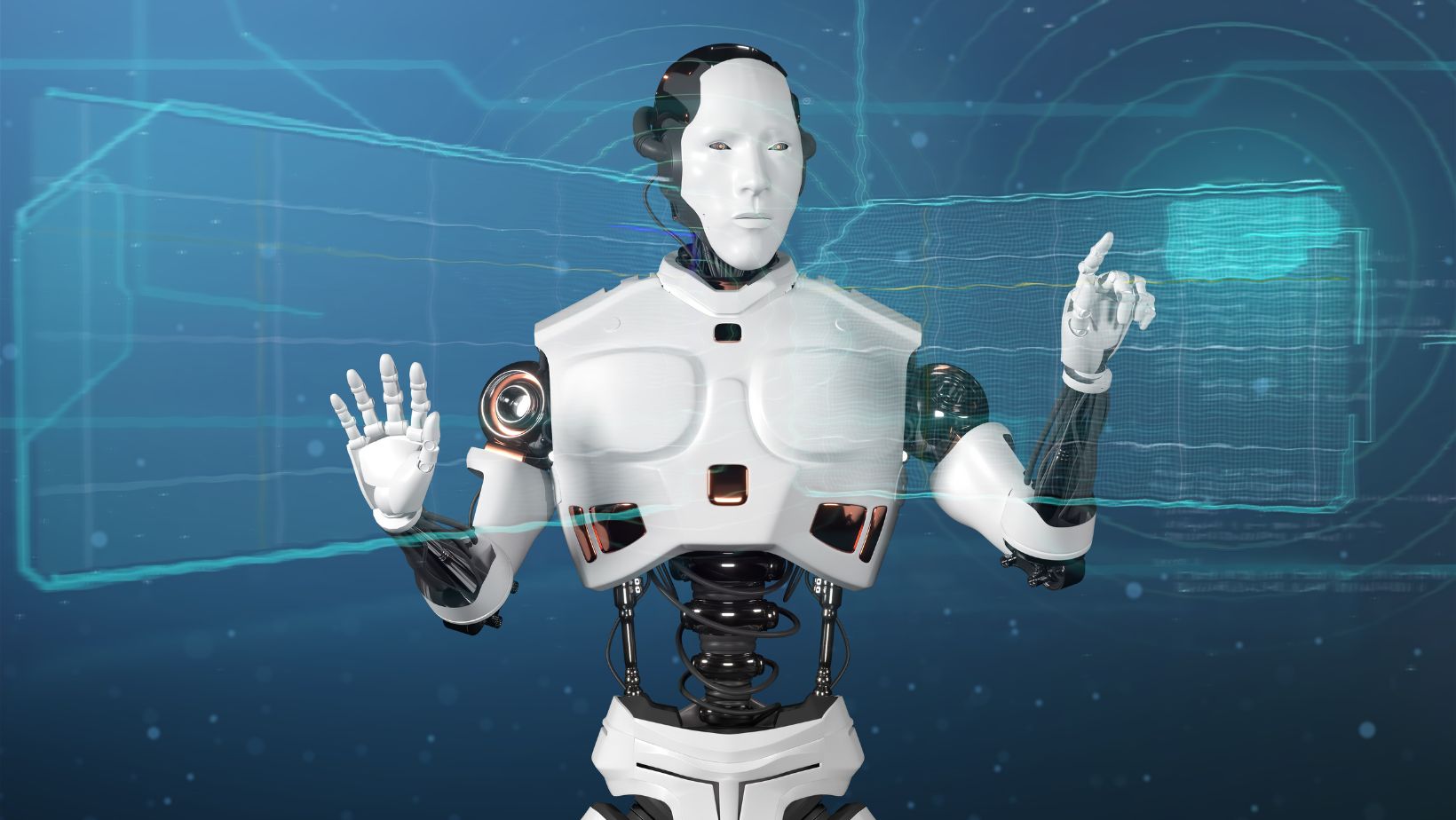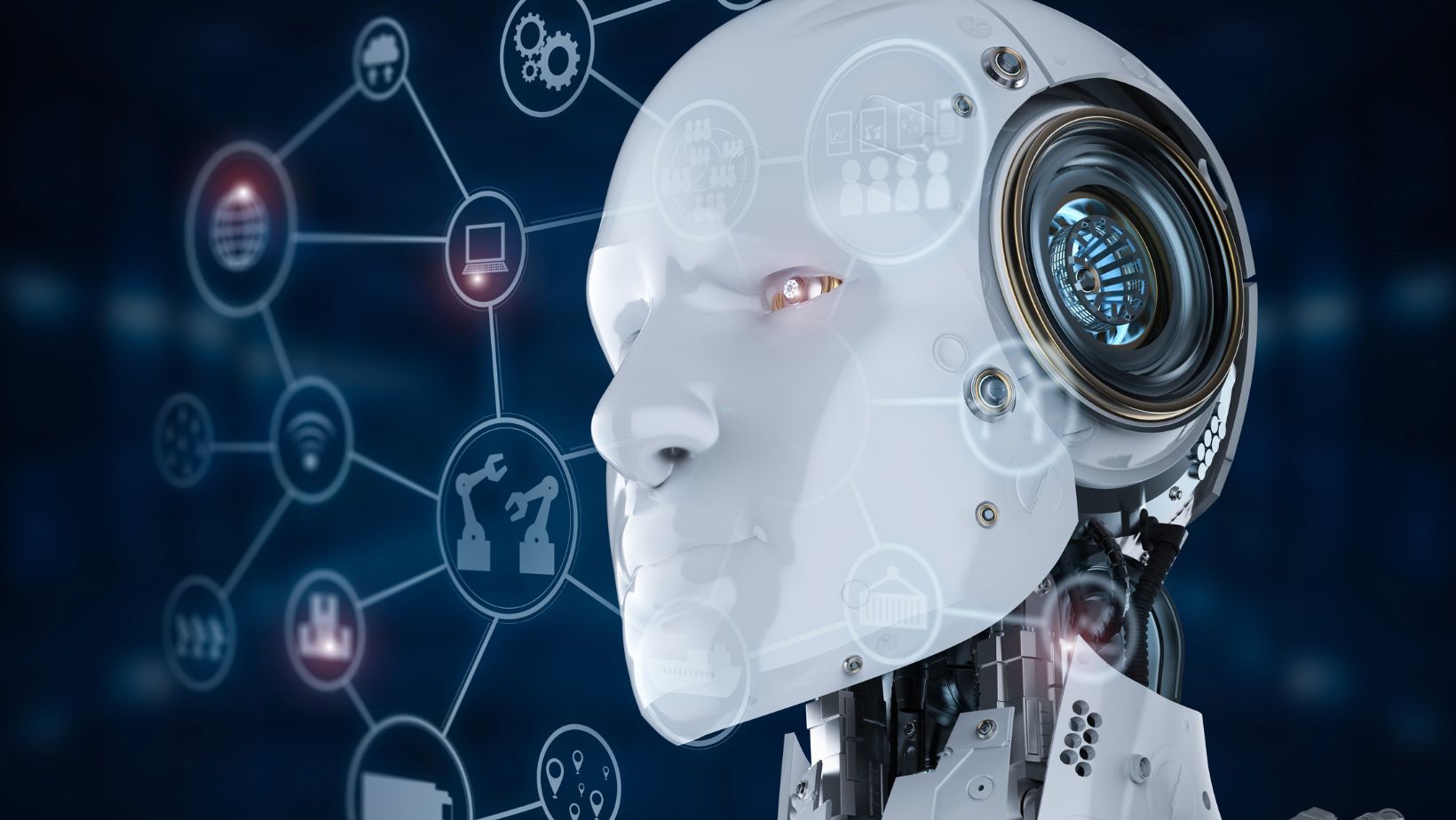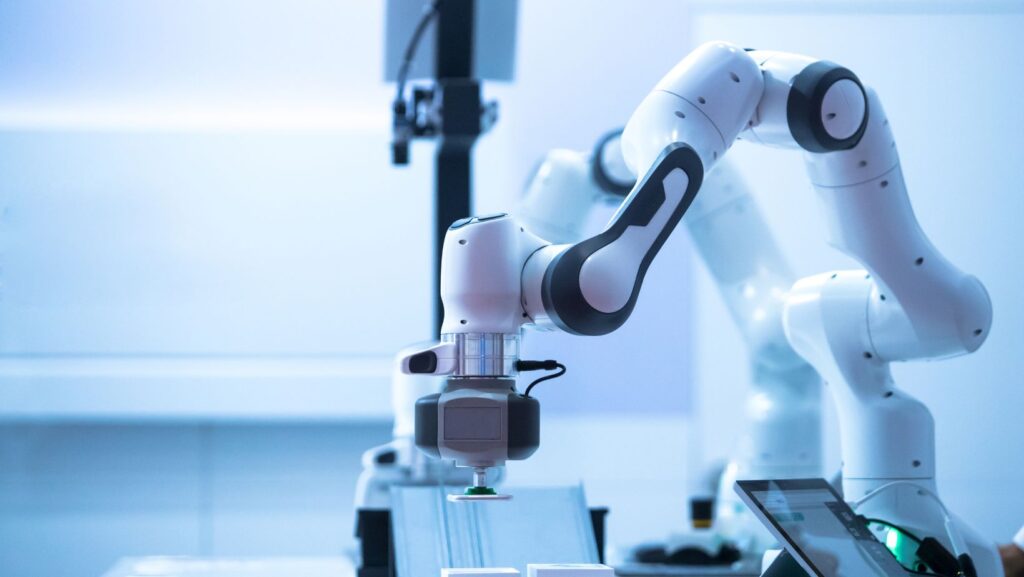Replacing human communication with robots or advanced technologies has captivated imaginations for decades. From science fiction narratives to modern AI advancements, the idea has shifted from fantastical storytelling to a tangible question of when rather than if. But is it truly feasible to replace human communication’s intricate, emotional, and dynamic nature with artificial alternatives? To answer this, we must delve into the intricacies of human interaction, the capabilities of current technologies, and the implications of a future where robots and machines mediate our conversations.
The Nature of Human Communication
Human communication is a rich tapestry of verbal, non-verbal, and emotional cues. It’s not just about exchanging words; it’s about tone, facial expressions, gestures, and the ineffable energy that builds trust and understanding. For instance, a heartfelt conversation between two friends involves shared experiences, empathy, and emotional nuances that are difficult for machines to replicate.
Language itself is complex and highly contextual. Consider the subtle difference between a sarcastic “nice job” and a sincere one – it’s not just about words but also the way they’re delivered. Human communication extends beyond one-on-one interactions, encompassing cultural influences, societal norms, and personal histories.
While AI-powered robots and technologies have made significant strides, the question remains: can they grasp and emulate the full spectrum of human communication?
What Technology Can Do
Robots and AI technologies have undeniably advanced to astonishing levels. Virtual assistants like Siri and Alexa can understand natural language commands, while AI models like ChatGPT can generate coherent, contextually relevant, and even creative responses. Robots equipped with facial recognition and emotion-detection software can mimic empathy, while advanced chatbots can provide customer service that feels almost human.
For example, in industries like healthcare, AI is being used to provide mental health support.
Chatbots powered by natural language processing (NLP) can offer empathetic responses and coping strategies, making therapy accessible to those who might not otherwise seek help. Similarly, businesses are adopting AI tools to enhance client communication, offering 24/7 availability and rapid problem-solving capabilities.
However, even the most advanced technologies are fundamentally limited. Their “understanding” is based on algorithms and data, not personal experience or genuine emotion. They can simulate human-like behaviour, but their responses lack the depth that comes from lived reality.
The Shortcomings of Robots in Communication
One of the biggest challenges in replacing human communication with robots or technology is their inability to experience genuine emotions. While machines can be programmed to recognize emotions, their reactions are based on predefined parameters rather than true empathy. This creates a fundamental gap between human interaction and robotic simulation.
Consider a personal scenario: a loved one sharing their grief or joy. Humans draw on their emotions, experiences, and intuition to offer comfort or share in celebration. A robot might offer well-phrased condolences or cheerful affirmations, but these are inherently hollow – they lack the soulfulness that comes from genuine care.

Moreover, robots and AI struggle with the subtleties of context. Slang, idioms, and humour often leave machines baffled. Cultural nuances and situational appropriateness are also areas where even the most advanced AI can falter. What might seem like a minor error to some – a misplaced joke or a misinterpreted tone – can derail the entire purpose of a conversation.
As technology continues to shape how we interact, industries like gaming and entertainment have embraced AI-driven communication. Take, for example, new online Canadian casinos. These platforms leverage chatbots and virtual assistants to offer 24/7 customer support, handle inquiries, and guide players through games. AI technology ensures that players can enjoy seamless experiences without delays, a significant improvement from traditional customer service methods.
However, even in these scenarios, there’s a noticeable difference when a human agent steps in. A robot might resolve issues quickly, but human representatives often excel at making customers feel valued and heard. The emotional reassurance a person provides, even in something as transactional as gaming support, highlights the irreplaceable element of human communication.
The Ethical Implications
The idea of replacing human communication with robots is not without ethical concerns. One significant question is: how much trust should we place in machines? AI and robots are created by humans, and as such, they inherit biases and limitations. They could perpetuate stereotypes, exclude marginalized groups, or misinterpret sensitive situations if relied upon too heavily.
Another ethical consideration is the potential loss of human jobs. Industries reliant on communication – customer service, education, and healthcare – could see mass automation, leading to unemployment and a diminished sense of purpose for workers.
Furthermore, over-reliance on robots for communication might erode interpersonal skills in future generations, making human interaction less meaningful and more awkward.
Lastly, there’s the issue of privacy. Communication technologies often rely on vast amounts of personal data to operate effectively. Without strict regulations and safeguards, this data could be misused, leading to breaches of trust and security.
What About Hybrid Models?
A more realistic scenario is one where robots and humans work together to enhance communication. Robots can handle repetitive or data-driven tasks, freeing humans to focus on emotionally complex or creative aspects of interaction. This hybrid approach is already being implemented in many sectors.

For instance, in telemedicine, AI can analyze patient data and provide initial diagnoses, while doctors use that information to engage in meaningful consultations. Similarly, in education, AI tools can adapt learning materials to individual students, while teachers provide the human connection that inspires and motivates.
By blending the strengths of robots – speed, efficiency, and scalability – with the irreplaceable qualities of humans – empathy, creativity, and adaptability – we can create systems that enhance rather than replace communication.
The Future of Human Communication
The possibility of fully replacing human communication with robots seems unlikely, at least in the near future. While technology will continue to evolve and improve, the richness of human interaction is deeply rooted in the human experience.
Technological advancements will undoubtedly play a growing role in shaping how we communicate. AI and robotics will likely bridge communication gaps across languages, enable access to resources in remote areas, and revolutionize the healthcare and education industries.
However, as we integrate these technologies into our lives, it’s crucial to maintain a balance. The goal should not replace human communication but enhance it, ensuring that technology remains a tool to connect us rather than isolate us.
